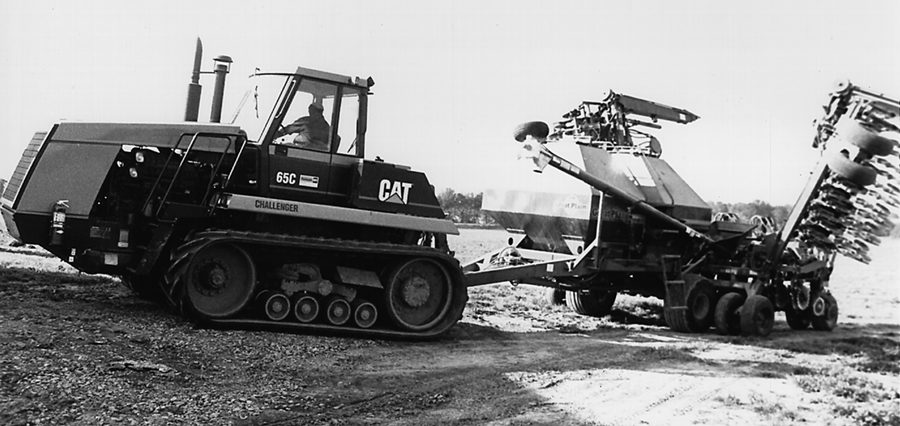If no-tillers want the full benefits of Global Positioning Satellites (GPS) with adjustable rates, they better take the time to make sure equipment is calibrated properly.
“I advise anyone interested in doing GPS and even if just using a rate controller manually that they calibrate it correctly,” Clarksville, Tenn., no-tiller Jimmy Bell says. “Spend a lot of time calibrating it so that you have confidence that what it says it’s putting out is what it’s really putting out.”
Bell has used GPS for several years on his 1,500-acre farm and says GPS programming and electronics have improved considerably during that time.
“It has been a tremendous tool for identifying trouble spots in fields and is good for variety evaluation—which are yielding better, agronomic traits and what varieties work best on what soil types,” Bell says.
“But I can’t give you a truthful answer on how much precision farming pays. There is too much variation from year to year and field to field.”
Yield monitors, Bell says, raise a lot of questions where you can easily visualize where things are good or bad.
“Then you have to ask questions of what are the differences and what can I do to eliminate that problem next year,” Bell adds.
Here are a few examples of problems Bell has identified and moved to correct due to GPS, yield monitors and mapping:
1. Bell field-tested two varieties of Pioneer seed corn—one that was supposed to be ideal for the good, even soil conditions in that field and another that was supposed to grow better in variable soil conditions.
The hybrid that wasn’t supposed to perform as well outyielded the one that was supposed be better.
2. Yields in one corn field appeared average, until yield maps showed a 60-foot band around the entire perimeter of the field averaged 50 bushels per acre less than the rest of the field. After much thought, Bell realized the problem.
“Where I first started spraying was where yields were reduced,” Bell says. “Even though I had tried to clean out the tank well, I had a little bit of Roundup residue left in the tank.
“I had sprayed around the outside of that field first, so that was flat-out my fault and not a factor of variety.”
3. After harvesting double-crop soybeans out of an irregularly shaped field, Bell noted his maps showed he had lower yields in the center of a triangular corner than on the edge of the field.
“I realized that in that triangular area, I was running the combine in a circle when harvesting wheat and turning into the center of the field,” he says. “That really showed me the compaction effect of running over the end rows.”
4. Bell has completed three years of variable-rate seeding and fertilization. Corn populations vary from 22,000 to 32,000 plants per acre. The result has been as much as 100-bushel-per acre differences between the best soils and the worst in some fields.







